HPLC for New Analytical Scientists
This learning path covers essential skills for new analytical scientists using GC; from fundamental scientific theory and instrument setup, to in-depth knowledge of system components.
11 Modules
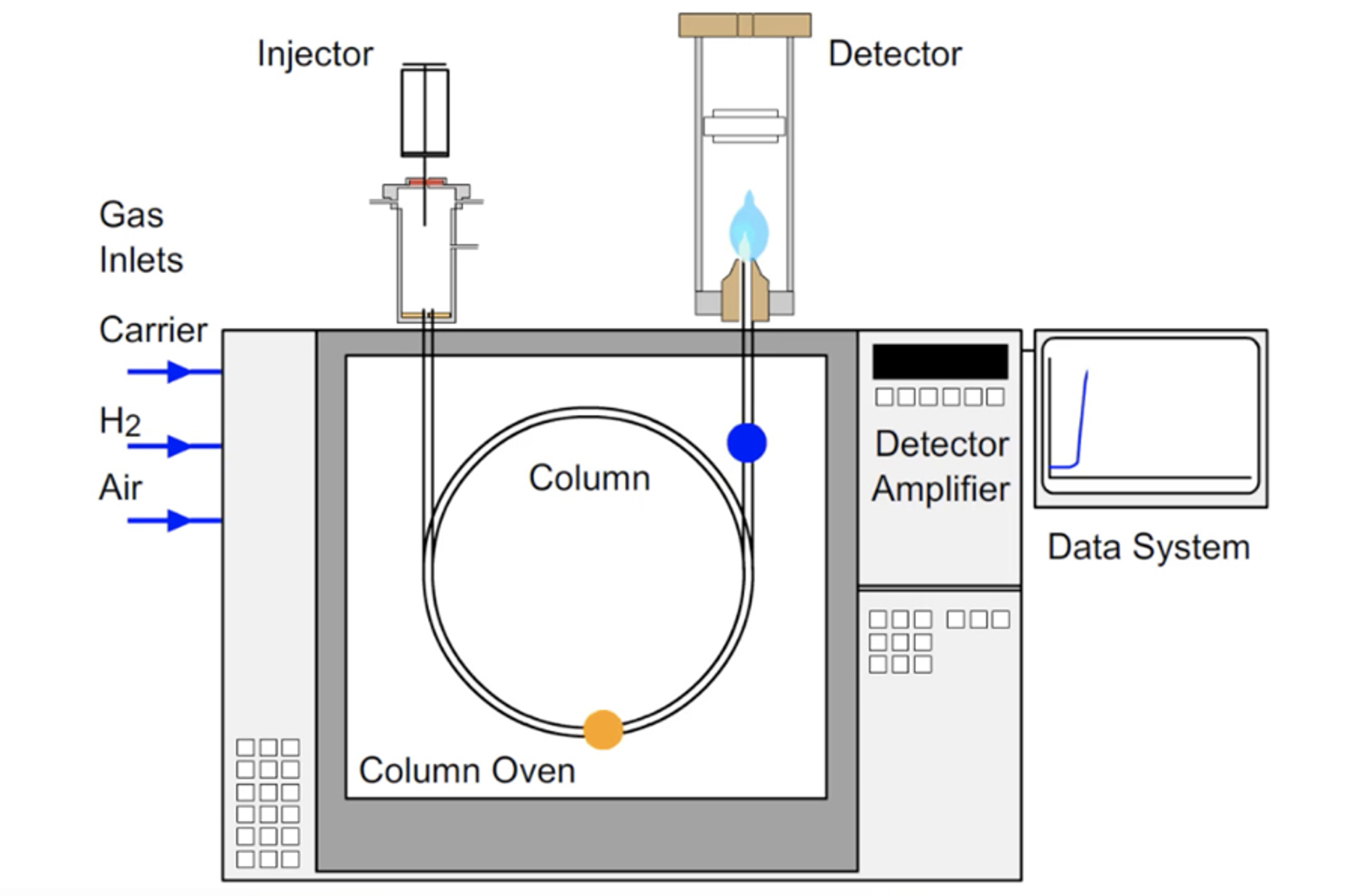
11 Items

GC Introduction
This short module covers the history of gas chromatography (GC) and introduces the chromatographic process and the major components of a GC instrument. The technique is compared and contrasted with other analytical techniques such as high performance liquid chromatography (HPLC). The terms and appearance of a typical chromatogram are also explained. We will outline the fundamental basis for separation in GC, and indicate the major advantages of GC and the application areas in which it is used.
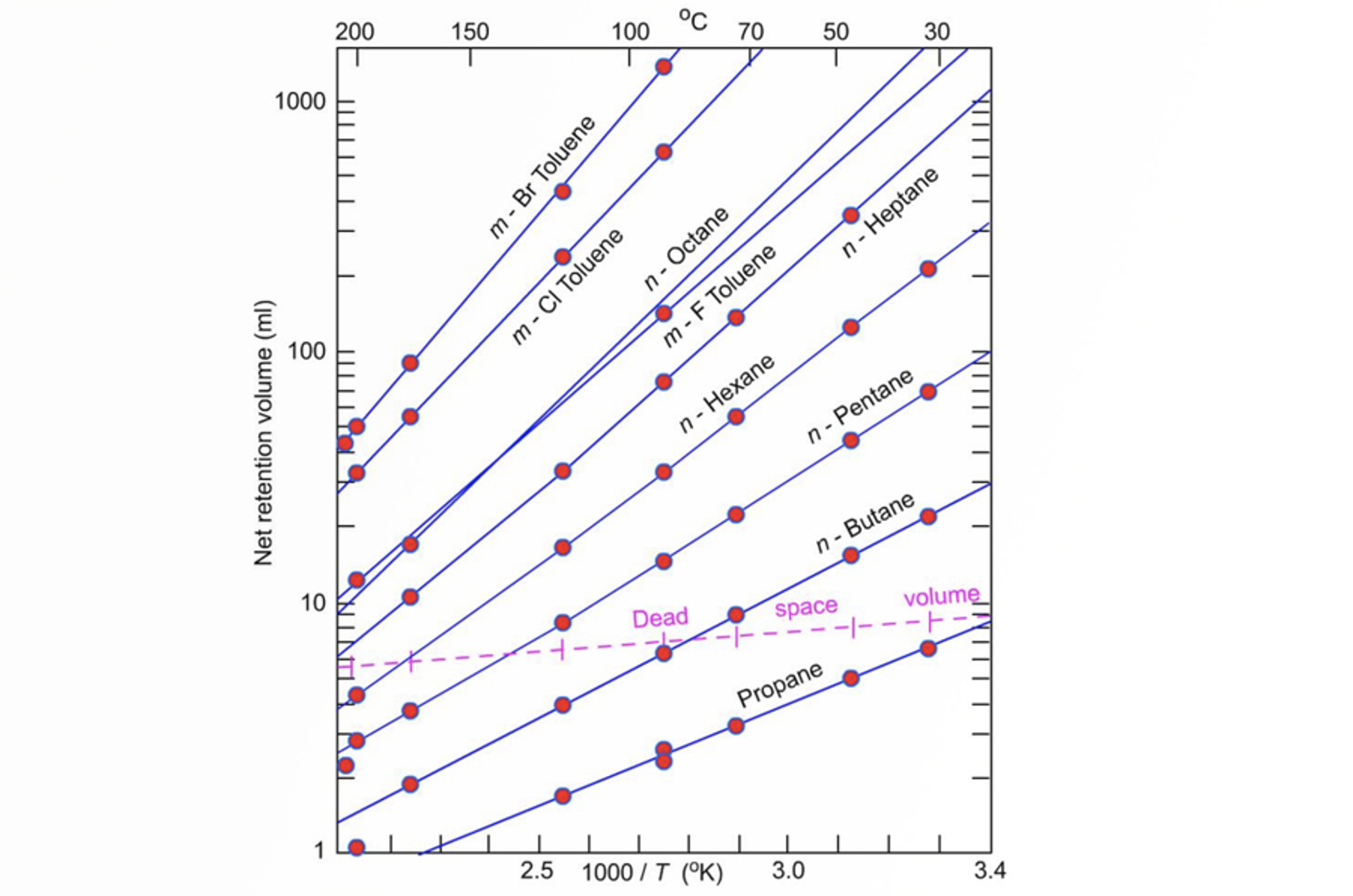
GC Chromatographic Parameters
The most important thing in GC is to obtain the optimum resolution in the minimum time. Each of the important chromatographic parameters (resolution, retention factor, selectivity, efficiency, and asymmetry) are explained and illustrated with real life examples in this module.
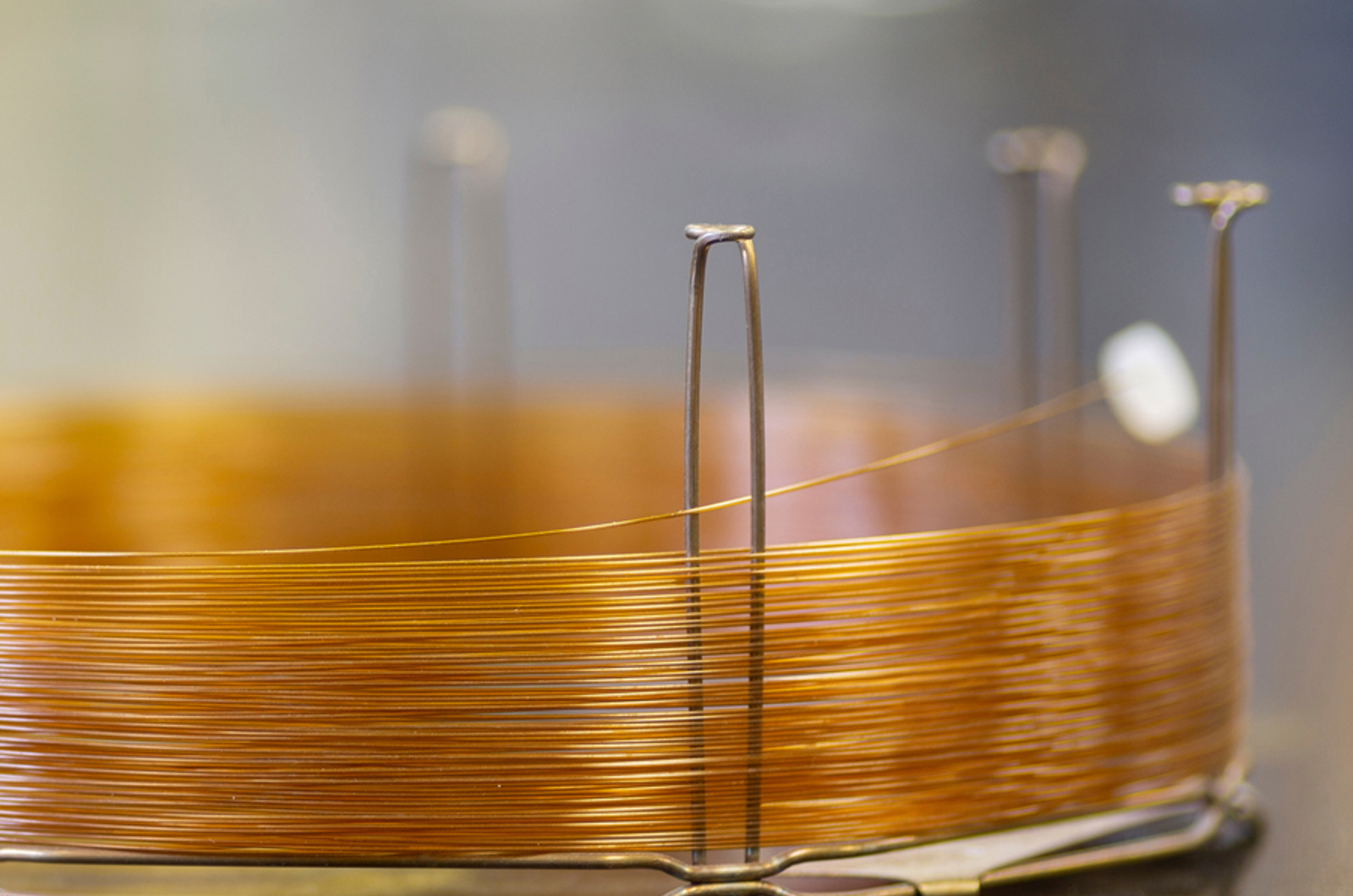
Introduction to GC Columns
The analytical column is where the separation is actually performed. This module will introduce capillary GC columns, the most common type used for GC applications. Providing guidelines on how to prepare, install, and condition a GC column for analysis.
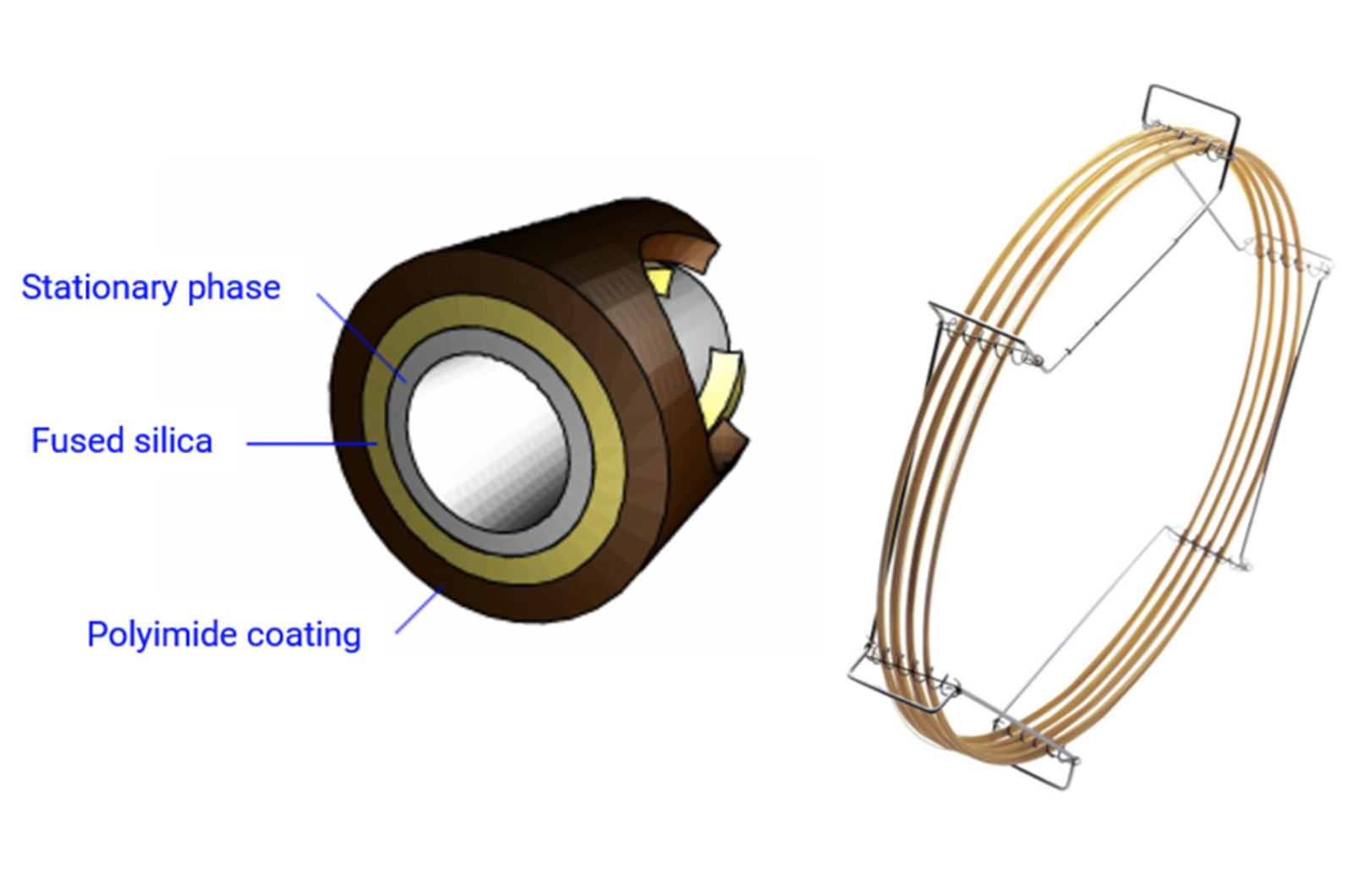
GC Columns
The aims of this module include the comparison and contrast of packed and capillary columns. A revision session of of fundamental intermolecular interactions is included in order to relate the various types of interaction to retention in GC. We will explore various stationary phase types and explain the critical factors in choosing a phase. The important physical parameters of capillary GC columns and their relationship with retention, resolution and efficiency in GC separations is investigated.
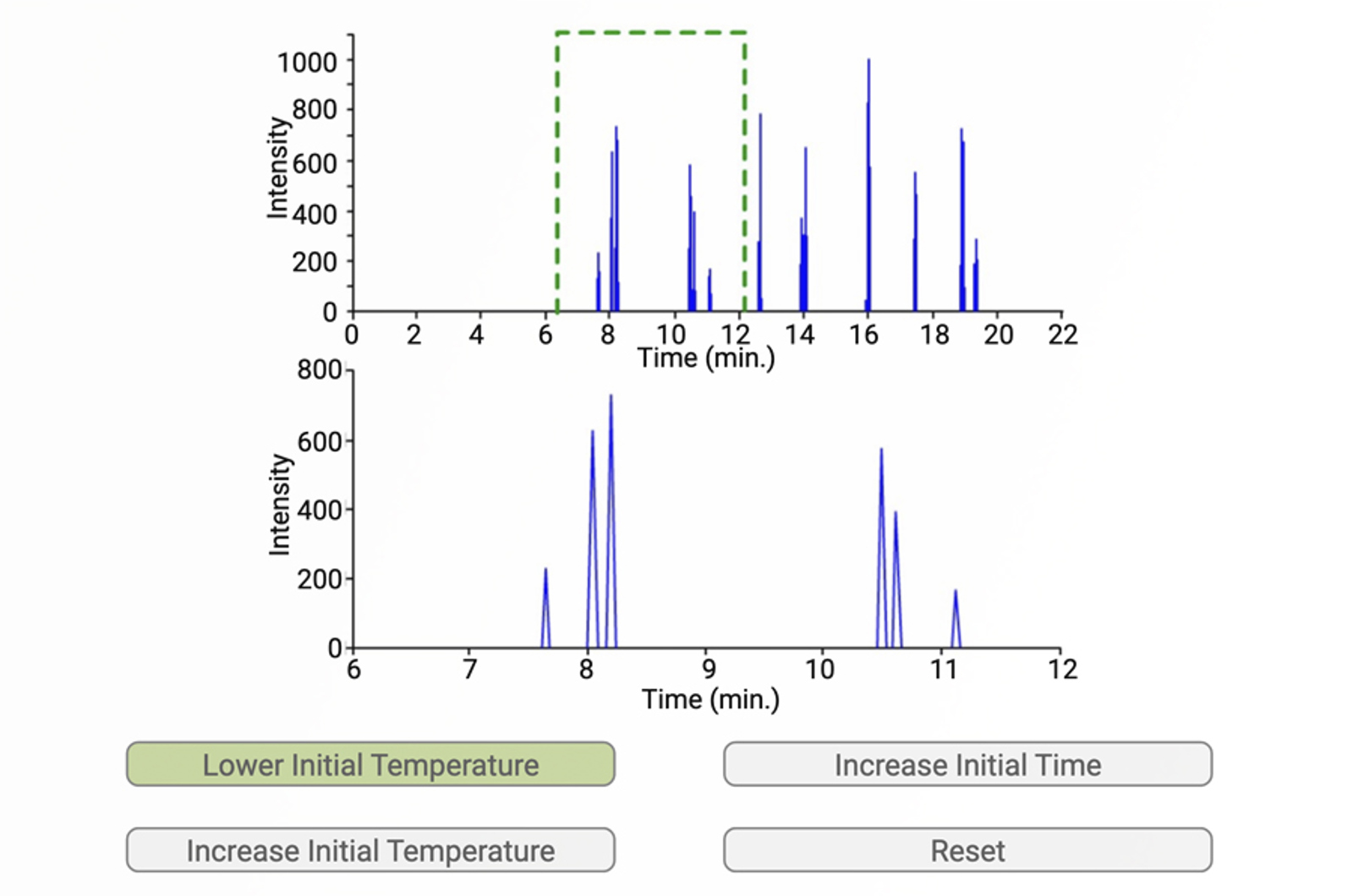
GC Temperature Programming
The aims of this module include illustrating the relationship between temperature and retention in GC.
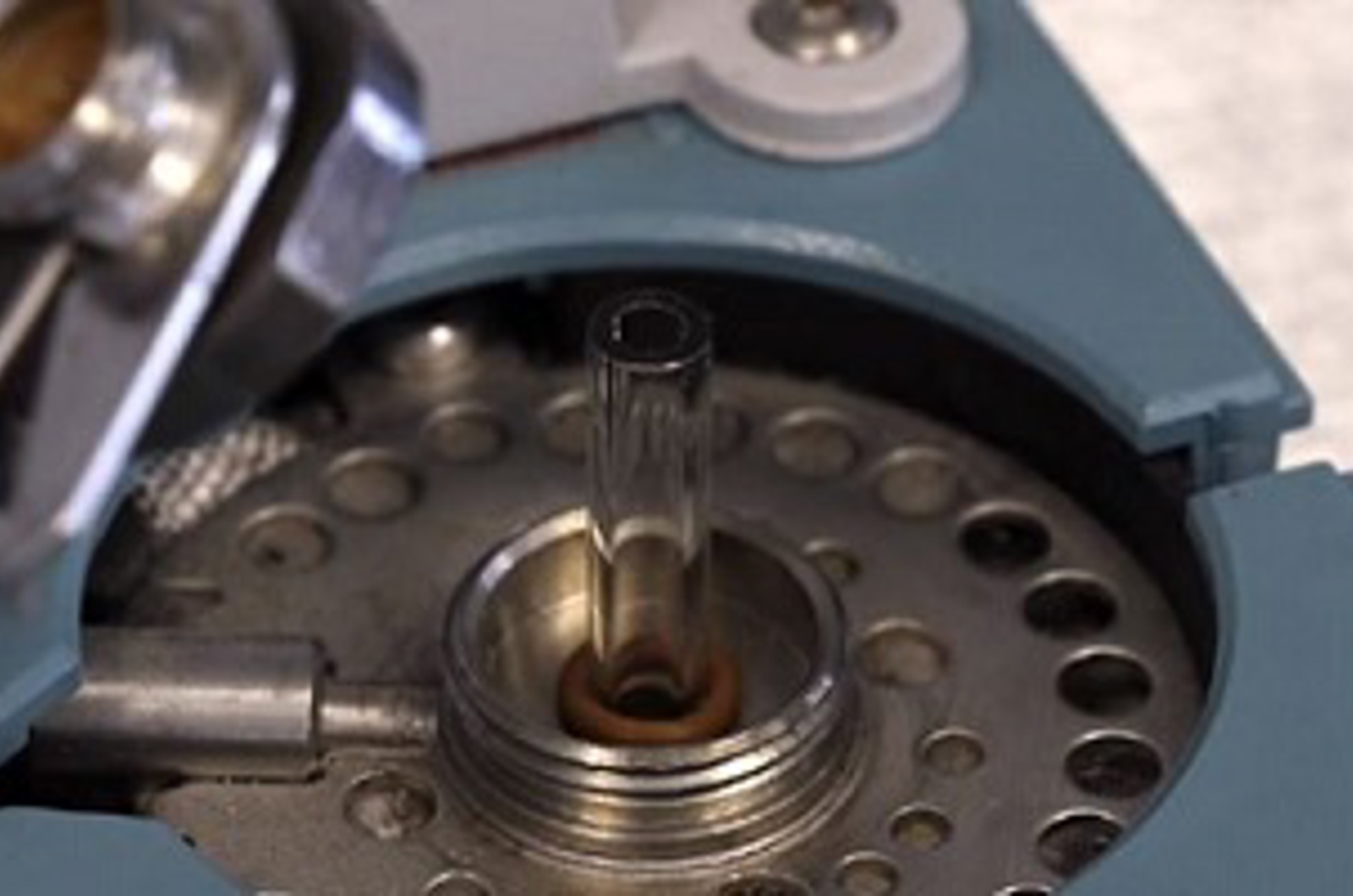
Practical GC Video Bootcamp
A step by step guide to setting up a GC instrument. From checking the cylinders, dismantling the inlet, to correctly installing a column and lighting an FID. All before shutting the instrument down correctly. This practical module uses video filmed on a GC instrument in the lab to ensure that you get the most realistic walk through of the instrument; allowing you to correctly setup your instrument every time to get the most from it and decrease down-time by avoiding common mistakes.
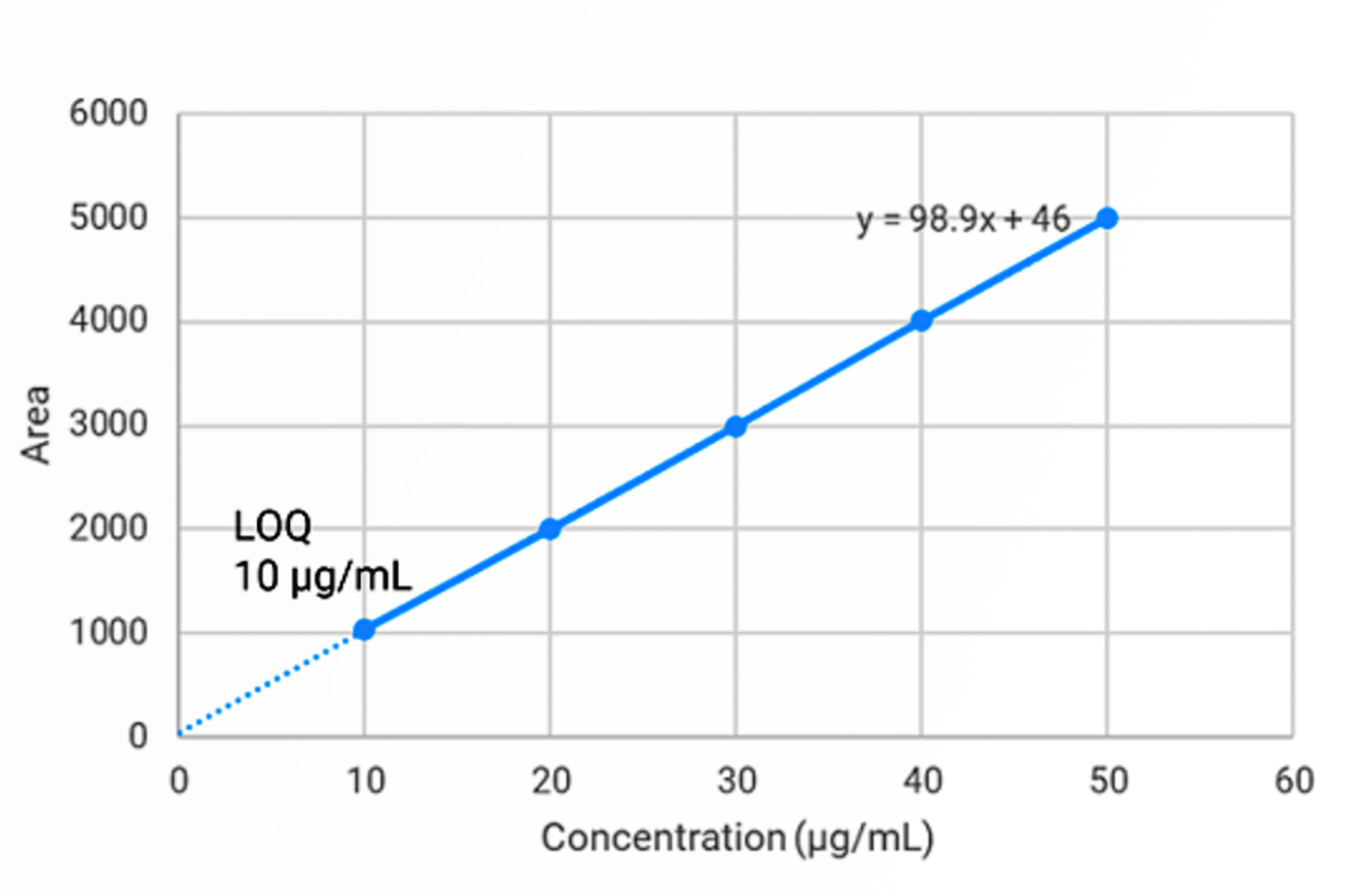
Introduction to System Suitability for Gas Chromatography
As part of that sequence, we perform additional injections which allow us to verify that the entire GC system is working correctly, this is system suitability. The actual parameters assessed during system suitability vary between companies, the type of analysis we are performing, and the method/compounds being used. This module outlines some of the common system suitability tests we see in GC analyses.
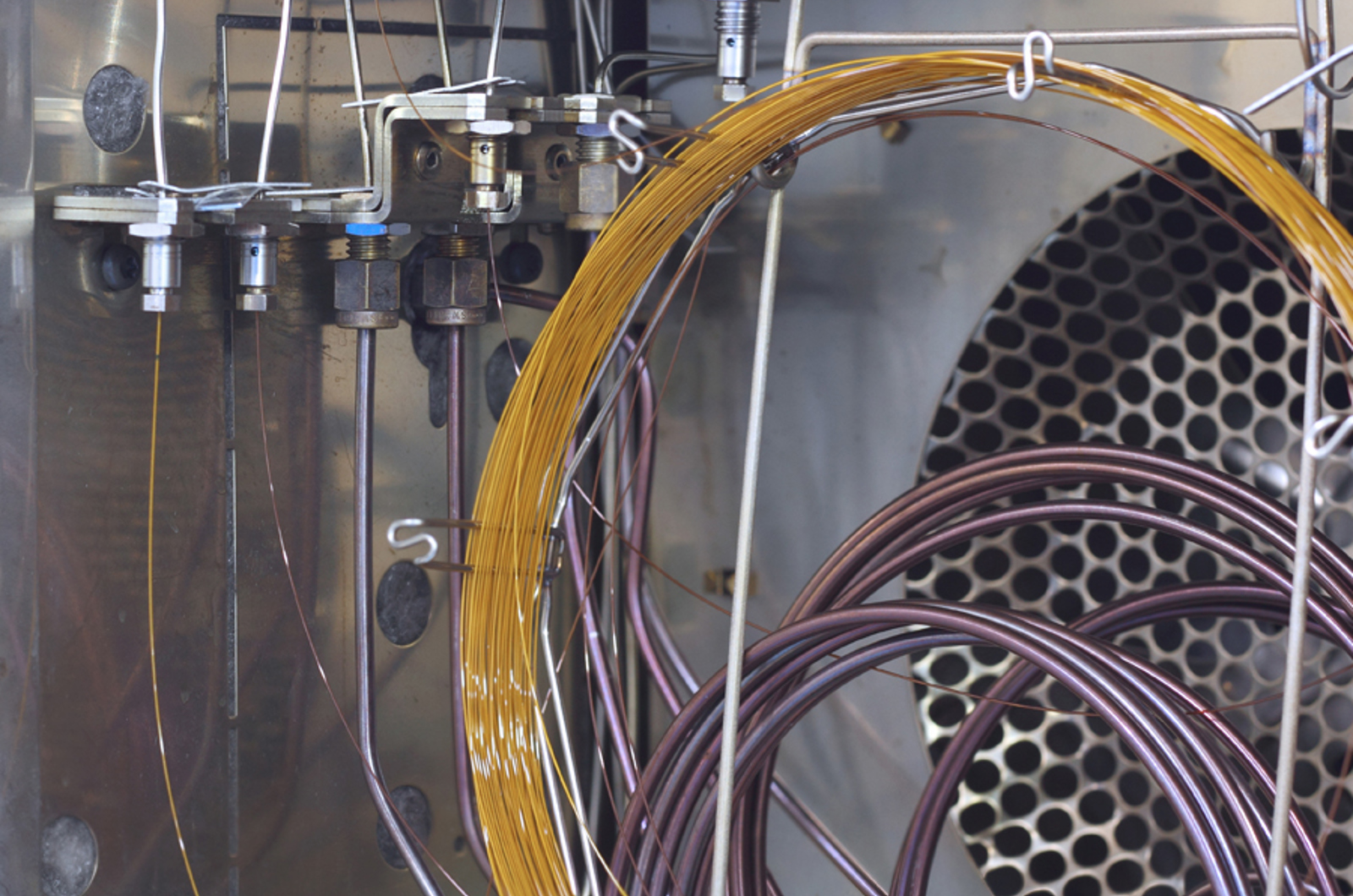
GC Method Review
When performing an analysis, we follow a written method. This contains all the instructions and settings by which the analysis is performed. For even a simple method, this requires a lot of knowledge and experience. In this module an experienced analyst walks you through all parts of a typical method, explaining all the important areas that require understanding and planning.
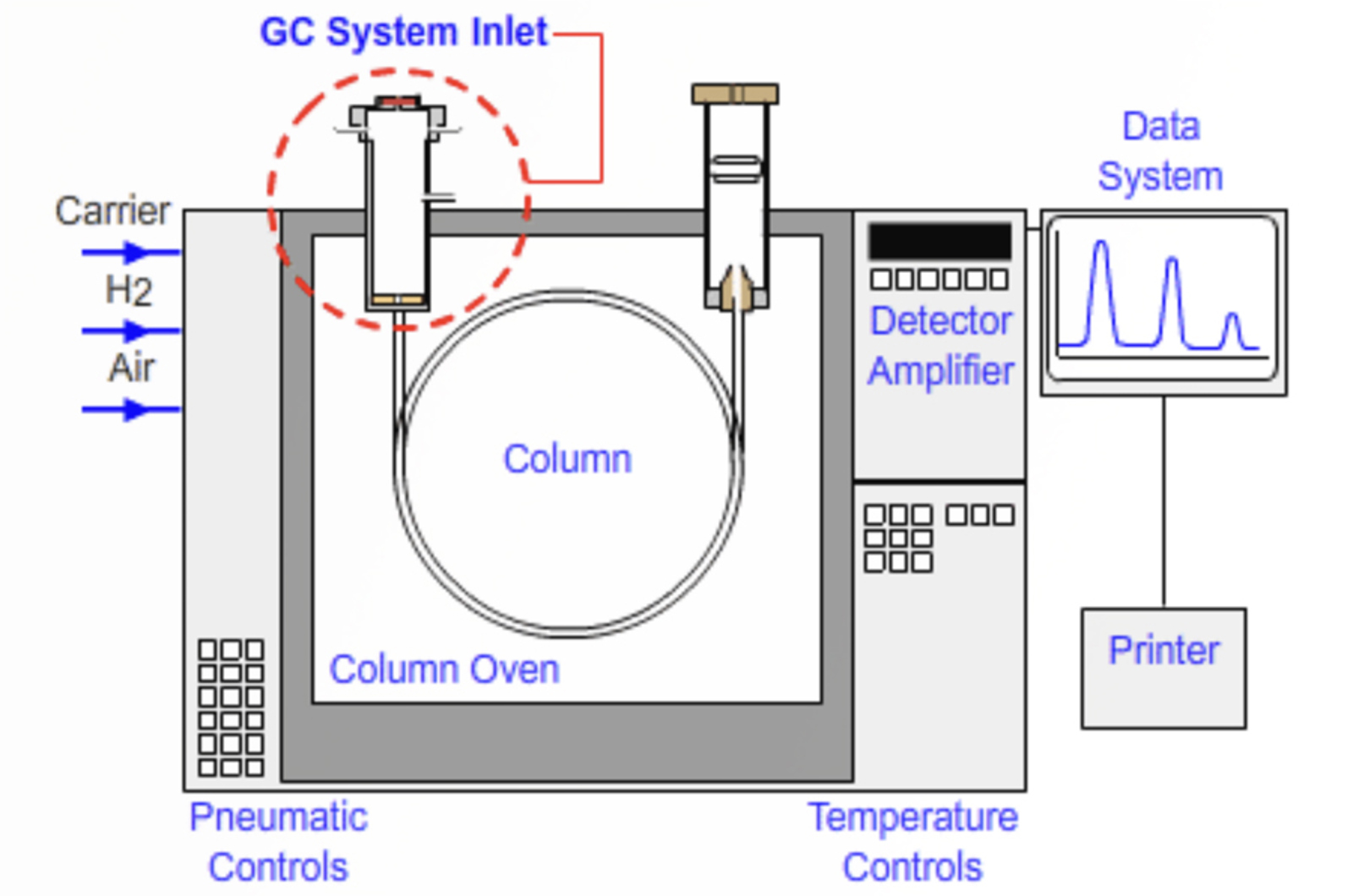
GC Sample Introduction
The aims of this module are to outline the various injector categories for GC as well as describe the components and working principle of split and splitless injectors. We will look at problems associated with each of these injection types and explain how they are overcome practically and give examples of optimizing inlet parameters. The working principles, components, and optimization for a series of common GC inlets are explained, and choices for inlet consumables are also discussed.
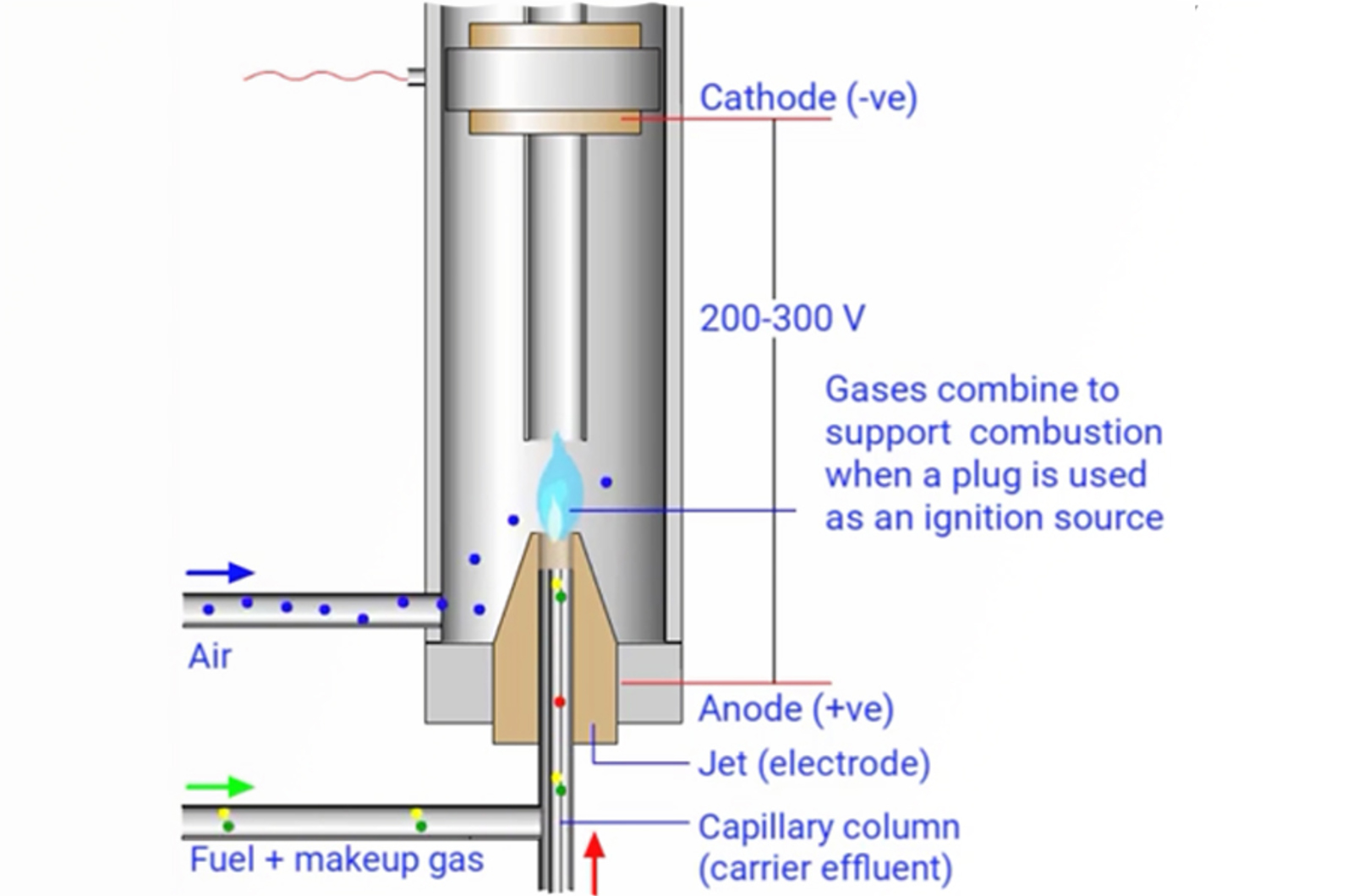
GC Detectors
The aim of this module is to highlight the various detector types available for GC and describe the performance characteristics associated with these detectors. The working principles behind flame ionization, electron capture, nitrogen phosphorous, thermal conductivity, and flame photometric detectors (FID, ECD, NPD, TCD, and FPD, respectively) are explained, as well as the optimization process for each of the detector types.
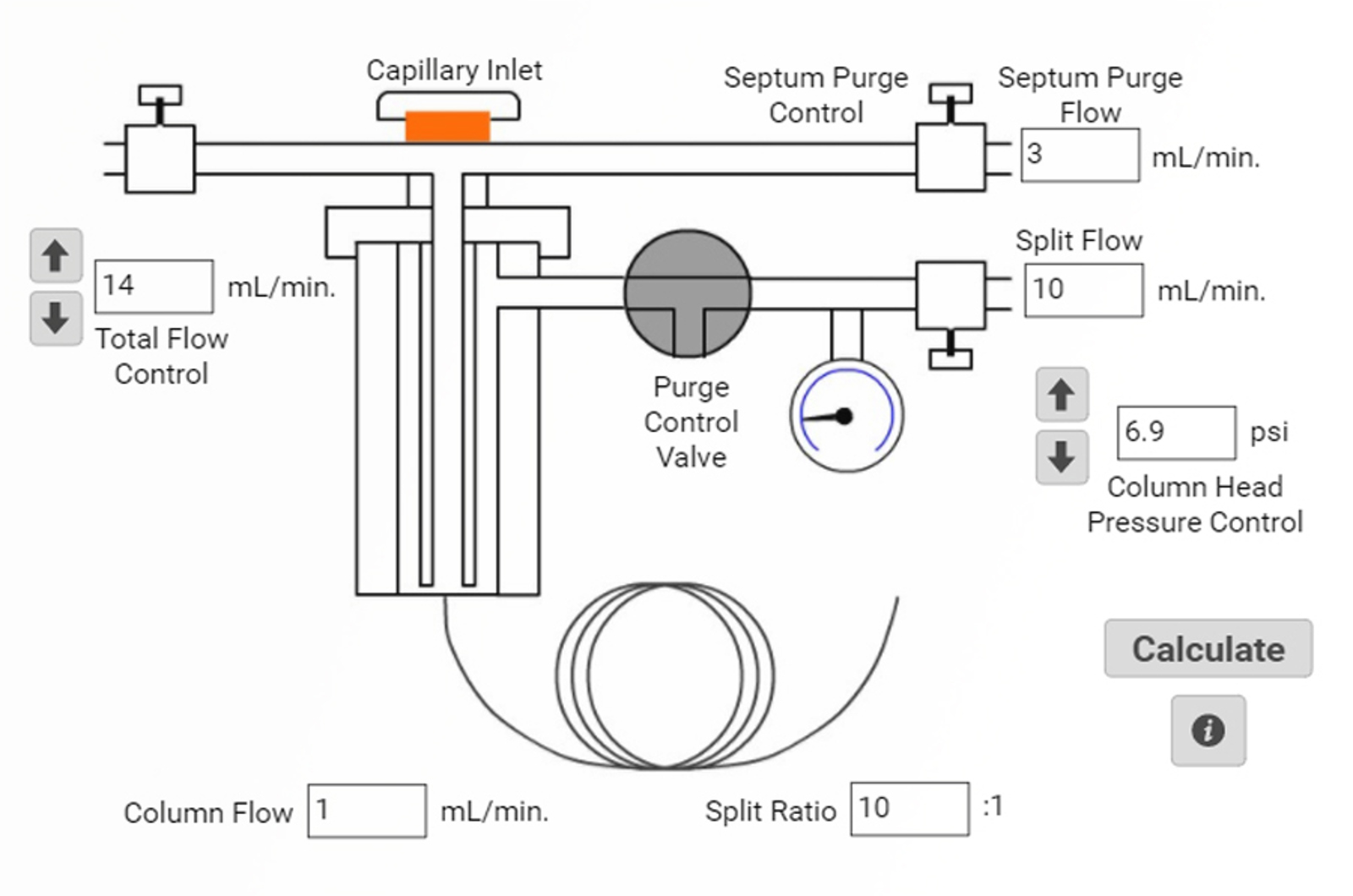
GC Interactive Tools
All of our interactive GC tools in one place. The GC backflash calculator is an invaluable tool to ensure that you can optimize your GC injection volume avoiding problems such as contamination due to backflash. Calculate the split ratio and the flows and pressures using our other interactive tools; providing understanding of how the GC inlet and gas supply function.
